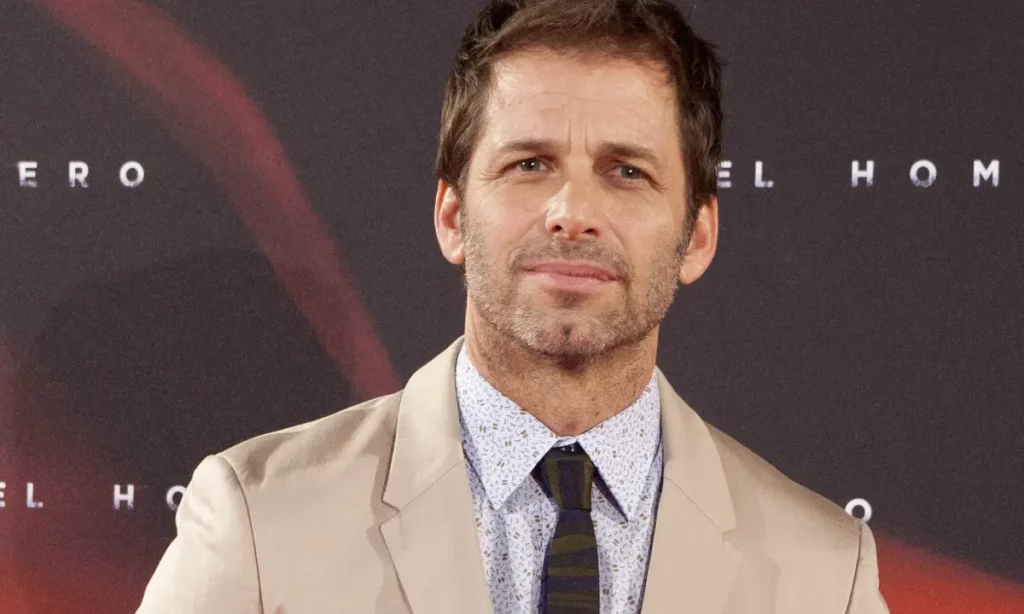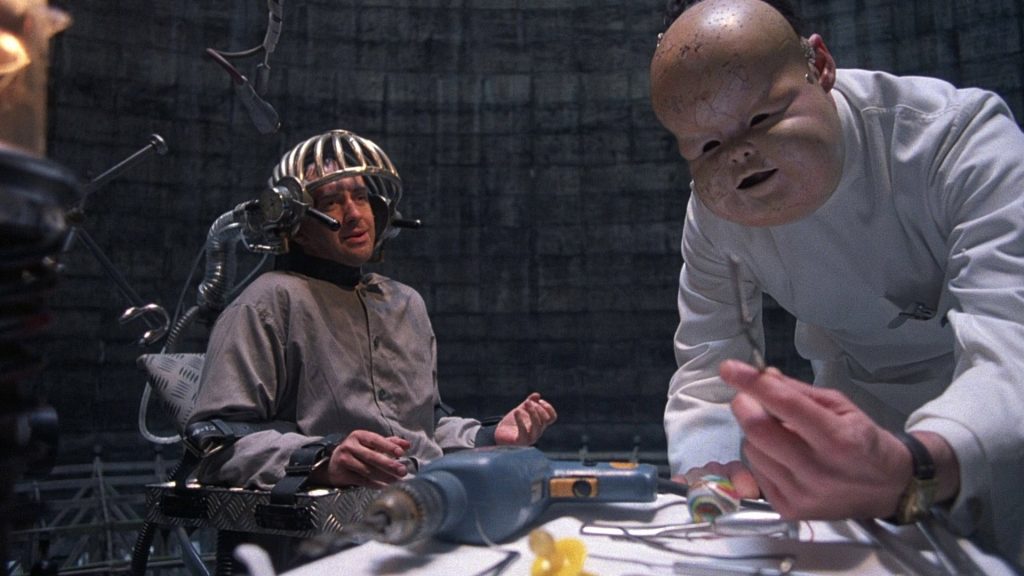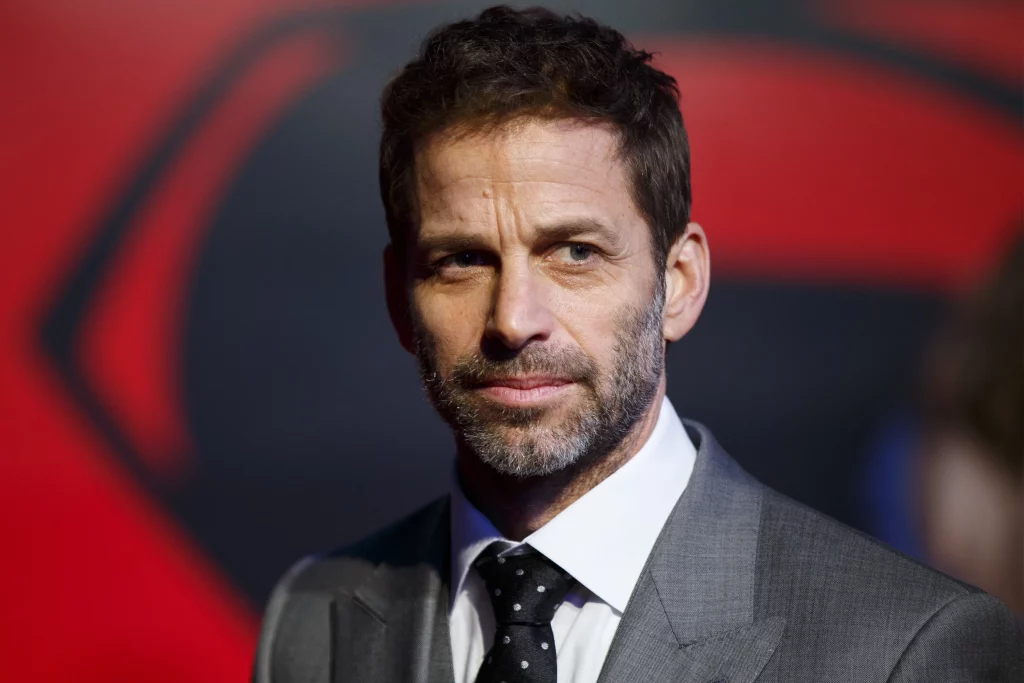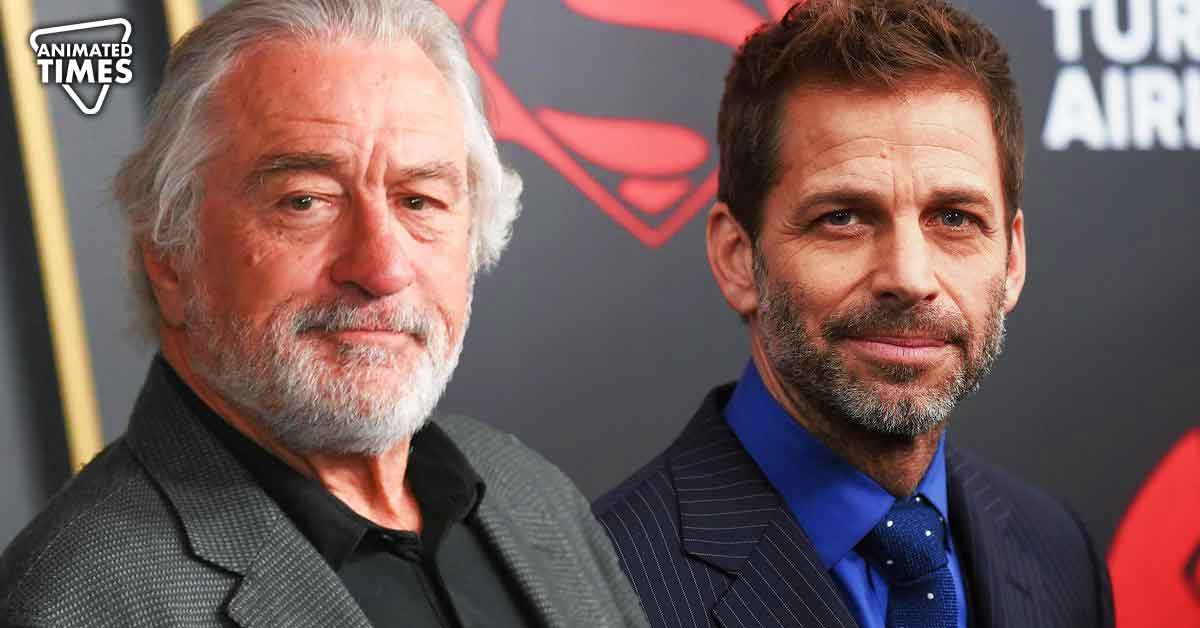“I just always thought that was cool”: Robert De Niro’s Forgotten Sci-Fi Movie Inspired Zack Snyder’s One Trademark Feature That Polarized Fans
Zack Snyder, the filmmaker who has managed to simultaneously capture the hearts of many and ignite controversy in equal measure, has consistently been at the forefront of creating expansive films. Snyder has undeniably carved out a niche for himself in the world of cinema, particularly with his director’s cuts, which have become legendary in their own right. The anticipation surrounding Zack Snyder’s next project, Rebel Moon, is already reaching a fever pitch, with rumors swirling that the extended cut of the film could clock in at a staggering 5 hours.

This prospect has left fans both excited and intrigued, wondering what Snyder has in store for them this time. However, the most significant revelation about his special cuts came directly from Zack Snyder himself. In an interview, Snyder disclosed that he drew inspiration from Terry Gilliam’s iconic director’s cut of Brazil while crafting the intricate and immersive world of his own films. This insight into his creative process sheds light on the meticulous and thoughtful approach Snyder takes when building the universes within his films.
How Zack Snyder’s Fascination with Director’s Cuts is Shaped by Brazil?

Zack Snyder‘s fanbase is notably characterized by their unwavering allegiance to the Snyder Cut. This fervent following has been a driving force behind Snyder’s continued exploration of the director’s cut concept. His fascination with this concept, in part, stems from his admiration for Terry Gilliam’s 1985 sci-fi dark comedy, Brazil, featuring stellar performances by Jonathan Pryce, Bob Hoskins, and Robert De Niro.
This film is known for its dystopian and surreal world with a dark comedic edge. Similar to Brazil, Snyder’s cuts offer viewers a deeper, unfiltered journey into his cinematic vision, providing a more immersive experience. Snyder told in the press preview of his upcoming film (via Slashfilm),
“I was like, ‘That’s cool. That makes it a lot easier than this.’ Because it’s one of those things that I guess I was always inspired by movies like ‘Brazil,’ or there’s a great history of director’s cuts that are just cool. When I was in film school, I just always thought that was cool, that there was this other movie that you could discover.”
Zack Snyder’s recent claim to fame is undoubtedly his 2017 Justice League director’s cut. Its release sparked fervent debates among DC fans, cementing his cult filmmaker status. Now, with Rebel Moon, Snyder’s director’s cut anticipation is back in the spotlight, fueling immense excitement among his dedicated fans.
A Deeper Dive into Zack Snyder’s Director’s Cut Vision

Zack Snyder’s Rebel Moon project, akin to the epic scale of Star Wars, is set to release in two parts – A Child of Fire this December and The Scargiver next April. What sets it apart is Snyder’s commitment to delivering a more immersive cinematic experience. Netflix, aware of his penchant for director’s cuts and enhancing storytelling, plans to release director’s cuts and featurettes alongside the main films on their platform. Snyder’s unique approach to filmmaking can be summarized by his own words when he said in the press preview of Rebel Moon (via Slashfilm),
“So for me, when you make a movie, you have a lot of voices in your own creative mind telling you what would be narratively just the strongest solution. And then you have this other tug on you — I do, anyway — that is like, ‘Well, what if there’s rabbit holes that are really amazing to go down and just kind of learn about different aspects of the characters?’”
He further reveals that Snyder views his director’s cuts as a way to enhance the viewer’s understanding and appreciation of his cinematic universes. It’s akin to unraveling hidden treasures within the films, enriching the storytelling experience. This approach not only resonates with his existing fanbase but also sets the stage for an expectation that his future works will likely be accompanied by demands for director’s cuts.
Source: Slashfilm





